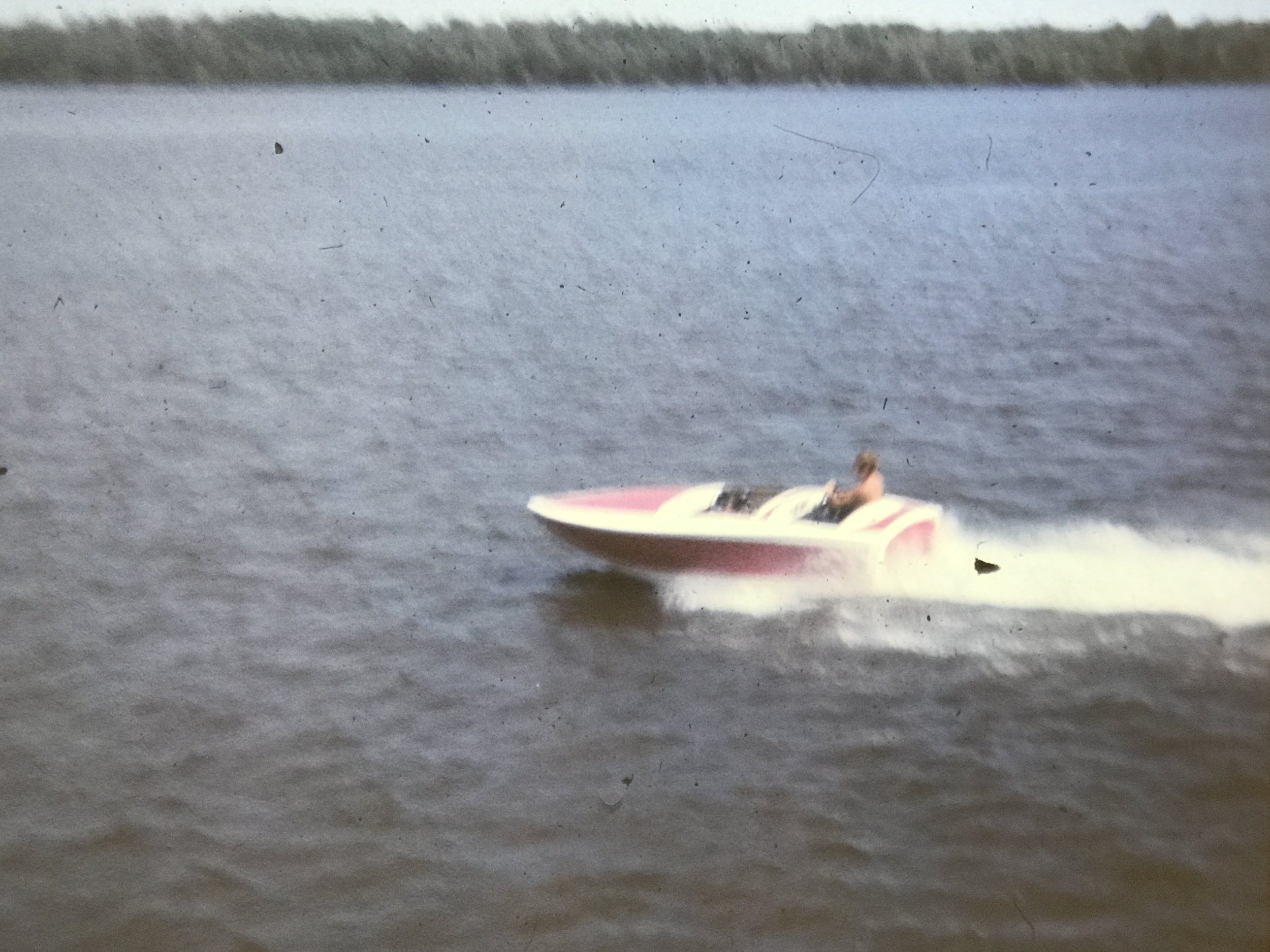Can You Build Your Own Boat?
One thing I do love about boats is that you don’t have to own an expensive boat to enjoy the water. In fact, I would bet those with the lowest cost boats, restored boats, do it yourself built boats, and garage finds are often the most happy on the water. I’ve seen and driven all kinds of boats over the years and I would also say that even though some of the more expensive and exotic boats I’ve been in are awesome, the most fun have been the cheapest. I remember having a blast running an old three point hydroplane with a 9.9 Merc as a kid; it was awesome. Let’s take a look at some of the do it yourself boat kits and other low cost ways to go boating.
In the end, having fun on the water and enjoying time with friends and family is what it’s all about. My relationship with boats really comes from my Dad, who had his own marina and dealership in the seventies. He’s definitely much more mechanically inclined then I am. He built a Glen L cracker box in the early seventies, with a 283 Chevy engine. Not only did he build it, he used non power tools, manual screw drivers and saws. He later built a Class A boat with my brother, and we had a three point hydro briefly in the nineties.
Glen L is a fascinating company, they might be the oldest home boat building company that still exists. Started in 1953, the company was known for fishing boats, sail boats and small vessels. They later added ski boats and almost every kind of boat based on the DIY premise. Although they don’t really have performance boats, they do have a couple small outboard ski boats, and a a couple flat bottom inboard and jet models. The Stiletto and Outrage models are neat looking vintage speedboats with modest deadrises. Glen L also has a few skiff and center consoles that look pretty decent.
The Glen L Stiletto and a straight six Merc is a pretty classic flatbottom boat.
Keep in mind, the kits are designed for the home builder, so you get templates which allow you to avoid the lofting process, which is a fairly involved drafting technique. Glen L built their business on the garage builder getting on the water with the least amount of work and money possible. But, keep in mind, you still have a lot of material to pay for, an engine and rigging, plus you should account for your time. Home built boats end up being a little more costly than initially anticipated but the satisfaction is really rewarding.
A side story, my Dad flipped his flat bottom Crackerbox on a river with my mom and a friend, it almost ended badly, luckily everyone was okay. Many of these designs are somewhat limited compared to a well designed fiberglass boat. My brother also flipped our 3 point hydro, which is pretty common. Although these boats aren’t dangerously fast, a bad design can be dangerous when you’re near its limit. Learn the boat, know what it can’t do.
Some of these old designs aren’t great, this is a cracker box my dad built in the seventies.
Another company I came across recently that does plans and complete kits, with cut plywood, is Salt Boatworks. I really love their little skiffs, plus they have two really cool old school center consoles with some serious flare and traditional look. I think they’re also trying to make the kits more user friendly so you can execute at a pretty good level and get on the water. Prices for plans to complete kits range from hundreds of dollars for the basic plans to jig kits and plywood kits up to $3,000 for the skiffs. Their largest 25’ Carolina is $5,000 for the kit. Salt Boatworks look pretty neat.
I like this traditional design. Could you restore a classic CC, or build this for less?
Of course there are many other kits and plans online and although it seems like the industry peaked in the sixties before the advancements in fiberglass, there are probably more people than ever interested in this stuff. I think for a small skiff, simple CC or even a little hydro, it’s probably worth the effort as they don’t take too long. The larger ones, depending on the kit might be tough due to the time investment. Being a carpenter or very interested in wood work would help immensely. Having a friend to help would also be a huge help. Salt Boatworks suggest their 18’ skill can take up to 200 hours to build which is good, it’s a simple boat. Some of the Glen L boats and others might take more than that, it’s all skill dependent.
Not a bad little mini skiff for personal fishing.
On top of the many kits available, there are several courses you can take for boat building, mostly wood boat building. It’s great to see the industry alive and well. Wood is still a dominant material in many aspects of traditional boat building. Some of the most high-end performance boats right now use different wood transoms, like mahogany, Baltic birch, marine ply, and balsa is a very strong and light core material. Don’t be afraid of wood when done right.
Another Glen L flat bottom with an old Chrysler. Looks fun.
When you look at the kits, i do like some of them, but the idea of restoring a glass boat is more appealing, especially one that doesn’t need major surgery. It all depends what you want. A family project for a small fishing boat, that’s a great way to go. A more performance oriented project on a budget, I’d look for a good fiberglass resto project. Starting small either way is not a bad way to go. My first boat, shared with my family, was a 12’ foot aluminum, then a 13’ Whaler, and a 13’ flat bottom Bluewater (Dorsett). And I can honestly say the 13’ Bluewater was one of the most fun boats I ever had, with a short shaft 50 Johnson. We redid the floor and took the ugly windshield off and it looked really cool after. Getting on the water in any way is 90% of the fun.
Finding an old glass boat might be easier in the end and could have a better result. Cheap boating is my favorite boating, so start looking in backyards and barns and get on the water.












